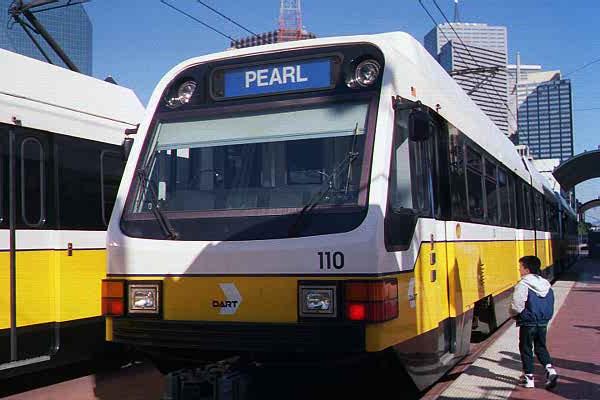As driving continues to stagnate in America, transit ridership keeps rising. Last year saw the second highest annual ridership since 1957, despite the fact that the nation's busiest transit systems had several days of blackout due to Superstorm Sandy.

The numbers still haven't topped 2008, when gas prices spiked above four dollars a gallon for the first time. But last year, riders made 10.5 billion trips on U.S. transit systems -- 154 million more than 2011, according to a new report from the American Public Transportation Association. APTA said it was the seventh year in a row that more than 10 billion trips were taken on transit systems nationwide.
“Every mode of public transportation showed an increase in ridership,” said APTA President and CEO Michael Melaniphy. "Public transit ridership grew in all areas of the country – north, south, east, and west -- in small, medium and large communities, with at least 16 public transit systems reporting record ridership.”
Overall, the 1.5 percent increase in transit ridership over 2011 outpaced the 0.3 increase in vehicle miles traveled.
Light rail (including streetcars and trolleys) and paratransit both saw ridership jump 4.5 percent. Heavy rail and commuter rail saw more modest increases of 1.4 percent and 0.5 percent respectively. Large bus systems reported an increase of 1 percent. Check out APTA's full 2012 ridership report here [PDF].
The impact from Sandy -- and the blizzard that hit the same area the following week -- was significant, costing transit systems an estimated 74 million trips. That probably wouldn't have been enough to push 2012 over 2008. But the fact that 2012 was in the running despite such a major setback is impressive.
Melaniphy credits high and volatile gas prices with the ridership jump, as well as the economic recovery. But he notes that there is a deeper shift going on -- a "sea change," he said, in how people look at transportation. "Americans want travel choices," he said, and they also want to live and work in places where transit is a sensible and viable option.





